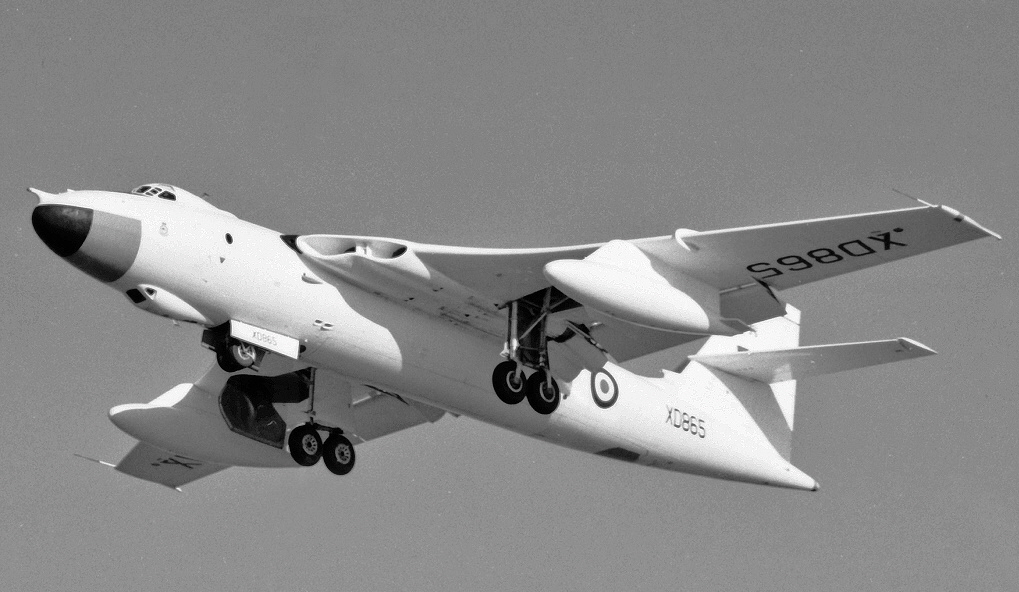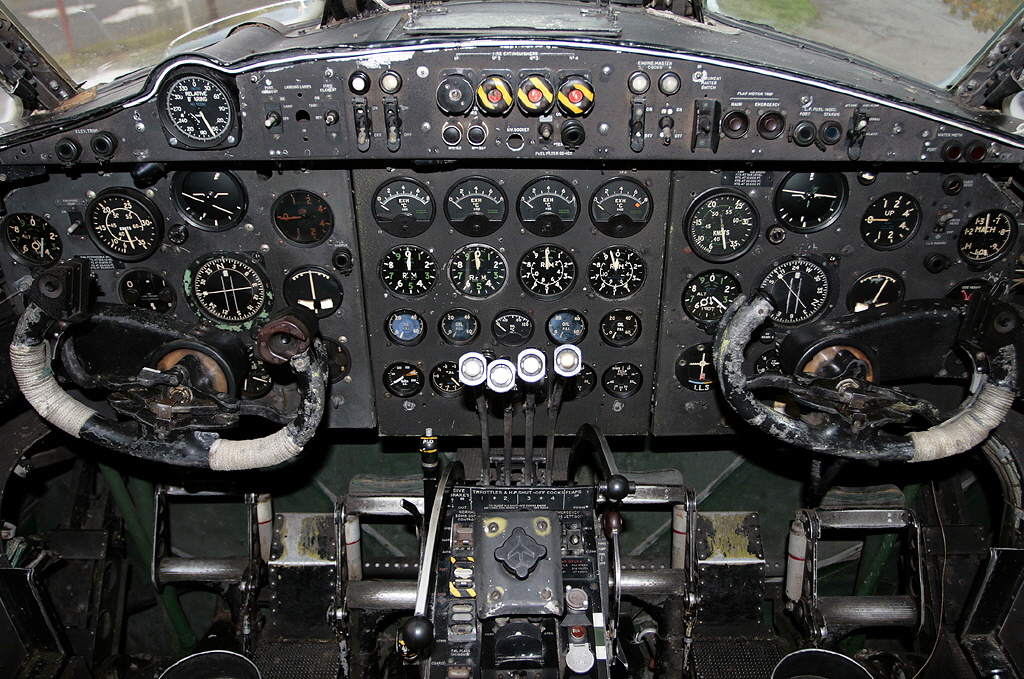 The Vickers - Armstrongs Valiant was a four-jet bomber, once part of the Royal Air Force's V bomber nuclear force in the 1950s and 1960s. Since the Valiant was part of an entirely new class of bombers for the RAF, 232 Operational Conversion Unit was established at RAF Gaydon in 1955. The Valiant aircraft were originally assigned to the strategic nuclear bombing role, as were the Vulcan and Victor B1s when they became operational. The first operational RAF unit to be equipped with the Valiant was 138 Squadron, located first at RAF Gaydon, later at RAF Wittering. At its peak, the Valiant equipped nine RAF squadrons.
The Vickers - Armstrongs Valiant was a four-jet bomber, once part of the Royal Air Force's V bomber nuclear force in the 1950s and 1960s. Since the Valiant was part of an entirely new class of bombers for the RAF, 232 Operational Conversion Unit was established at RAF Gaydon in 1955. The Valiant aircraft were originally assigned to the strategic nuclear bombing role, as were the Vulcan and Victor B1s when they became operational. The first operational RAF unit to be equipped with the Valiant was 138 Squadron, located first at RAF Gaydon, later at RAF Wittering. At its peak, the Valiant equipped nine RAF squadrons.
A Valiant B1 (WZ366) of No 49 Squadron was the first RAF aircraft to drop a British operational atomic bomb when it performed a test drop of a down-rated Blue Danube weapon on Maralinga, South Australia, on 11 October 1956.
On 15 May 1957, a 49 Squadron Valiant B(K).1 dropped the first British hydrogen bomb, the "Short Granite" (AKA "Green Granite Small"), over the Pacific as part of Operation Grapple. The test was largely a failure, as the measured yield was less than a third of the maximum expected and while achieving the desired thermonuclear explosion the device had failed to operate as intended. The first British hydrogen bomb that detonated as planned, "Grapple X Round A" (AKA "Round C1"), was dropped on 8 November 1957. The Grapple series of tests continued into 1958, and in April 1958 the "Grapple Y" bomb exploded with 10 times the yield of the original "Short Granite". Testing was finally terminated in November 1958, when the British government decided it would perform no more air-delivered nuclear tests.
Peacetime practice involved the dropping of small practice bombs on instrumented bombing ranges, also a system of predicted bombing using radio tones to mark the position of bomb drop over non-range targets, the bomb error being calculated by a ground radar unit and passed either to the crew during flight or to a headquarters for analysis. When the Navigational and Bombing System (NBS) was fitted and crews well-trained, bombing accuracies became typical of other aircraft of the time and from high level (say, 40,000 ft), a 100 yd error was not uncommon.
The Valiant was the first of the V-bombers to see combat, during the Anglo-French-Israeli Suez intervention in October and November 1956. During Operation Musketeer, Valiant aircraft operating from the airfield at Luqa on Malta dropped conventional High Explosive bombs on targets inside Egypt. Although the Egyptians did not oppose the attacks and there were no Valiant combat losses, the results of the raids were disappointing. Their primary targets were seven Egyptian airfields. Although the Valiants dropped a total of 842 tons of bombs, only three of the seven airfields were seriously damaged. It was the last time any of the V-bombers flew a war mission until the Avro Vulcans bombed Port Stanley airfield in the Falkland Islands during the Falklands War in 1982.
The Valiant was originally developed for use as high-level strategic bomber, but its role, like other V bombers, was changed to low-level attacks. Low-level flying brought a number of serious problems as the Valiant aircraft’s wing spar attachment castings showed premature fatiguing and corrosion traced to the use of an inappropriate type of aluminium alloy. The Valiant had been the first of the V bombers to become operational, and its role was already shifting to that of a tanker. Rather than repair or rebuild the fleet, the Valiant was grounded and the Handley Page Victor took over the tanker role.

